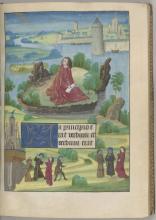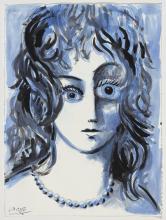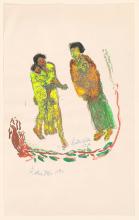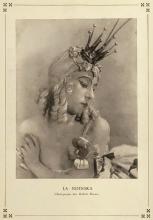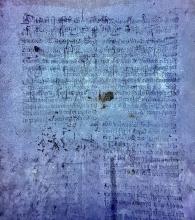Master of the Burgundian Prelates
Submitted by Roger S. Wieck on Mon, 02/14/2022 - 2:38pmOn December 21, 2021, the Department of Medieval and Renaissance Manuscripts received an exciting gift from Marguerite Steed Hoffman, member of the department’s Visiting Committee. It is a Book of Hours illuminated by an important fifteenth-century French artist—the Master of the Burgundian Prelates—whose work, prior to this donation, was not represented at the Morgan.

